Early February, we announced the launch of our first Kickstarter campaign, whose goal was to add support for the video decoding unit found in most Allwinner processors to the official Linux kernel.
We were very pleased to see that in just one day, enough companies and individuals participated to fund the main goal of the campaign, collecting more than 17,600 EUR. And now that the campaign is over since March 18, we are even more pleased, as we have reached a funding level sufficient to cover not only our main goal, but also our two first stretch goals.
Thanks to the participation of all those companies and individuals, we will be able to:
- Deliver our main goal, which we expect to deliver by the end of June 2018, which includes:
- Making sure that the codec works on the older Allwinner SoCs that are still widely used: A10 (Cubieboard), A13 (A13-Olinuxino), A20 (Cubieboard 2, A20-Olinuxino), A33 (A33-Olinuxino, BananaPi M2-Magic), R8 (CHIP) and R16 (NES and Super NES classic). Support for the newer SoCs (H3, H5 and A64) requires more work, and is part of our first stretch goal below.
- Polishing the existing MPEG2 decoding support to make it fully production ready.
- Implementing H264 video decoding, since H264 is by far one of the most popular video codec.
- Modifying the Allwinner display driver in order to be able to directly display the decoded frames instead of converting and copying those frames, which is very inefficient from a CPU consumption point of view
- Providing a user-space library easy to integrate in the popular open-source video players
- Upstreaming those changes to the official Linux kernel
- Deliver our two first stretch goals, which we expect to deliver by the end of 2018, which includes:
- Supporting the newer Allwinner SoCs, such as the H3 (Most of the Orange Pis, Nano Pi M1, ..), H5 (Orange Pi PC2, NanoPi NEO2, …) and A64 (Pine64, BananaPi M64, …).
- H265 video decoding support
Unfortunately, our third stretch goal, which consisted in adding support for H264 encoding was not reached, so we don’t know yet if we will have enough time to look into this topic.
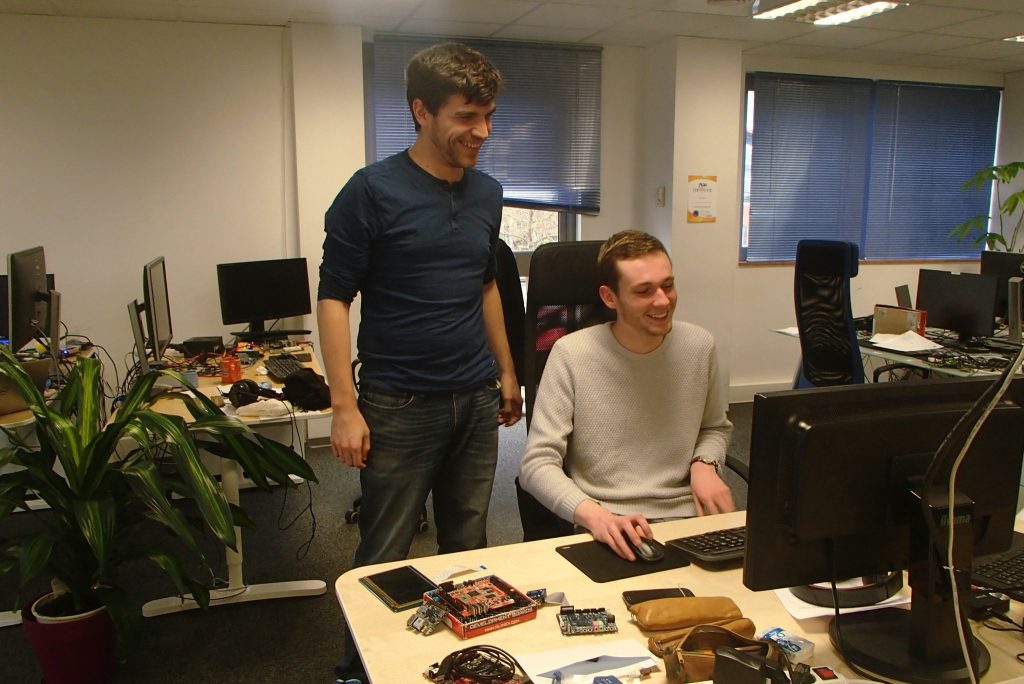
However, the work on the other topics has already started, with our intern Paul Kocialkowski has started to work since March 1st on this Allwinner VPU effort, and Maxime Ripard has started this week. We have already published, will continue to publish a report every week: week 10, week 11 and week 12. You can follow the progress of this project by reading our blog, our Twitter feed or the Kickstarter updates. You can also read the Sunxi-cedrus Wiki page to get all the details about this project and its progress.
Beyond the specific topic of the Allwinner VPU support, we are very happy to see that the model of funding upstream Linux kernel work through crowd-funding has worked. Most Kickstarter projects, in exchange for the participants contribution, provide to the participant a specific product (a book, a device) that only benefits to the contributor. Here, the result of this campaign will be shared freely with everybody, both Kickstarter contributors and non-contributors, and we’re proud to see that our experience has convinced numerous companies and individuals to support our project. Of course, we will be organizing in the near future the shipment of the t-shirts as well as the beer drinking sessions with Bootlin engineer Maxime Ripard.
To conclude, we would like to thank all our participants (we’re naming only the ones who baked at a level above 16 EUR, as above this level contributors are going to be mentioned in the CREDITS file, which clarifies their intent to be publicly named). First a number of companies supported our work: OrangePi, Libre Computer, neutis.io, FriendlyArm, Pine64, Olimex and of course a huge number of individuals: Abe Lacker, Adam Morris, Adam Oberbeck, Alerino Reis, Alex, Alexander A. Istomin, Alexander Kamm, Alexandru Nedel, Alex Kaplan, Amarpreet Minhas, André, Andreas, Andreas Färber, Andreas Rozek, Andre Przywara, Andrew Langley, Angel Rua Amo, Anssi Kolehmainen, Antony, Appreciation of Efforts, Aron Somodi, Artur Huhtaniemi, Atsushi Sasaki, Bastien Nocera, Bavay, Benjamin Glass, Benjamin Larsson, Ben Young, Bernard D’Havé, Bert Lindner, Bert Vermeulen, BESSIERES MARC, Biji-san, Bob Black, brot, Bruce Shipman, Butterkeks, Carla Sella, Carl Wall, Carsten Tolkmit, cbrocas, chae, Charlie Bruce, Christian Gnägi, Christian Pellegrin, Christian Stalp, Christophe Vaillot, Christoph Kröppl, Conan Kudo (ニール・ゴンパ), D1don, Dale Cousins, Daniel, Daniel Hrynczenko, Daniel Kulesz, Daniel Mühlbachler, David Pottage, David Willmore, defsy, Denis Bodor, DESSARD Guy, Dimitrios Bogiatzoules, Dominique Dumont, Doyle Young, Dubouil, Eelco Wesemann, eineki, Emil Karlson, Emmanuel Fusté, Erdem MEYDANLI, Eric des Courtis, Eric Jensen, Eric Koorn, Éric Périé, Erik, erikf, Evaryont, Fabian Korak, Felix Eickeler, Flo, Florian Beier, Florian Kempf, Frank, Frank van Kesteren, Frederir, G40, Gabor, Gabriel Ortiz, Garrett Gee, Georg Ottinger, Gerald Hochegger, Geralt, ghostpatch, Gianpaolo Macario, Giulio Benetti, Guenther Gassner, Guilhem, Guilhem Saurel, hackman, Hamish, Hanno Helge, Hans-Frieder Vogt, Heinz Thölecke, Henrik Kuhn, hook, Hugh Reynolds, Ian Daniher, iav, Inapplicable, Ingo Strauch, Ioan Rogers, Irvel Nduva, James, James Cloos, James Valleroy, jan koopmanschap, Jared Smith, Jari-Matti, Jarkko Pöyry, Jasper Horn, jean, Jean-Pierre Rivière, Jeffrey Sites, Jernej, Jerome Hanoteau, JK, John Kelley, Johnny Sorocil, Juanjo Marin, Jussi Pakkanen, Justin Ross, Karl Palsson, Kazım Rıfat Özyılmaz, Kean, Kevin Fowlks, Kevin Read, kicklix, Kiesel, Koen Kooi, Korbinian Probst, kratz00, Laurent GUERBY, Lee Donaghy, liushuyu, Logicite, luigi, Lukas Schauer, lzrmzz, Maksims Matjakubovs, Manuel, Marcel Sarge, Marcus Cooper, Mario Villarreal, Mark Dietzer, Markus Härer, Martijn Bosgraaf, mateuszkj, Mathias Brossard, mathieu, Matsumoto Kenichi, Matthew Zhang, Matthias, Matthias Lamm, Matt Mets, Maxime Brousse, Me, MESNIL Mikaël, Michael Gregorowicz, Michael Thalmeier, Michal Zatloukal, Mirko Vogt, mouren, N/A, naguirre, Neil Davenport, Nick Crasci, Nick Richards, Oleksij Rempel, oliver, Oliver Heyme, OSAKANA TARO, othiman, ozcoder, Pablo, Patrick, Paul Philippov, Paul Sykes, Per Larsson, Peter Gnodde, Peter Robinson, Philip-Dylan Gleonec, Phipli, Phoenix Chen, Pierce Lopez, Priit Laes, Prisma, Rainer Stober, Reignier, René Kliment, Reto Haeberli, Ricardo Salveti de Araujo, Richard Cote, Richard Ferlazzo, Riku Voipio, Robert Lukierski, Robert McQueen, roens, Rui Gu, Ryan Casey, Salvatore Bognanni, Samuel Frederick, Scott Devaney, Sebastian Krzyszkowiak, Sébastien DA ROCHA, Sergey Kopalkin, Sertac Tulluk, Shelby Cruver, Shervin Emami, SIMANCAS, Simon Josefsson, Spas Kyuchukov, ssam, Stan, Stanislav Bogatyrev, Stas, Stefan Bethke, Stefan Monnier, Steffen Elste, Stephan, Stephan Bärwolf, Stephen Kelly, Steven Seifried, Stokes Gresh, Sven Kasemann, SvOlli, Tarjei Solvang Tjønn, Tetsuyuki Kobayashi, Texier Pierre-jean, Thomas Monjalon, Thomas Samson, Tim Symossek, Todd Zebert, Tomas Virgl, tpc010, Tyler Style, Valentin Hăloiu, valhalla, Vasily Evseenko, Vitaly Shukela, Xavier Duret, Yannick Allard, Yves Serrano, Zoltan Herpai, ZotoPatate, zym060050.
Thanks everybody!

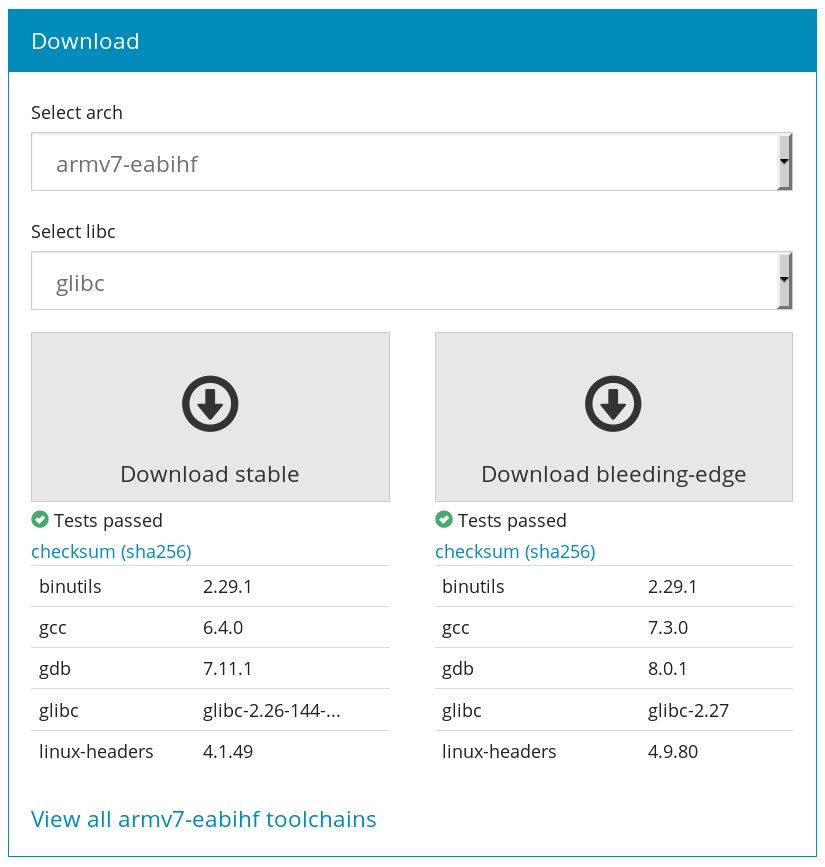
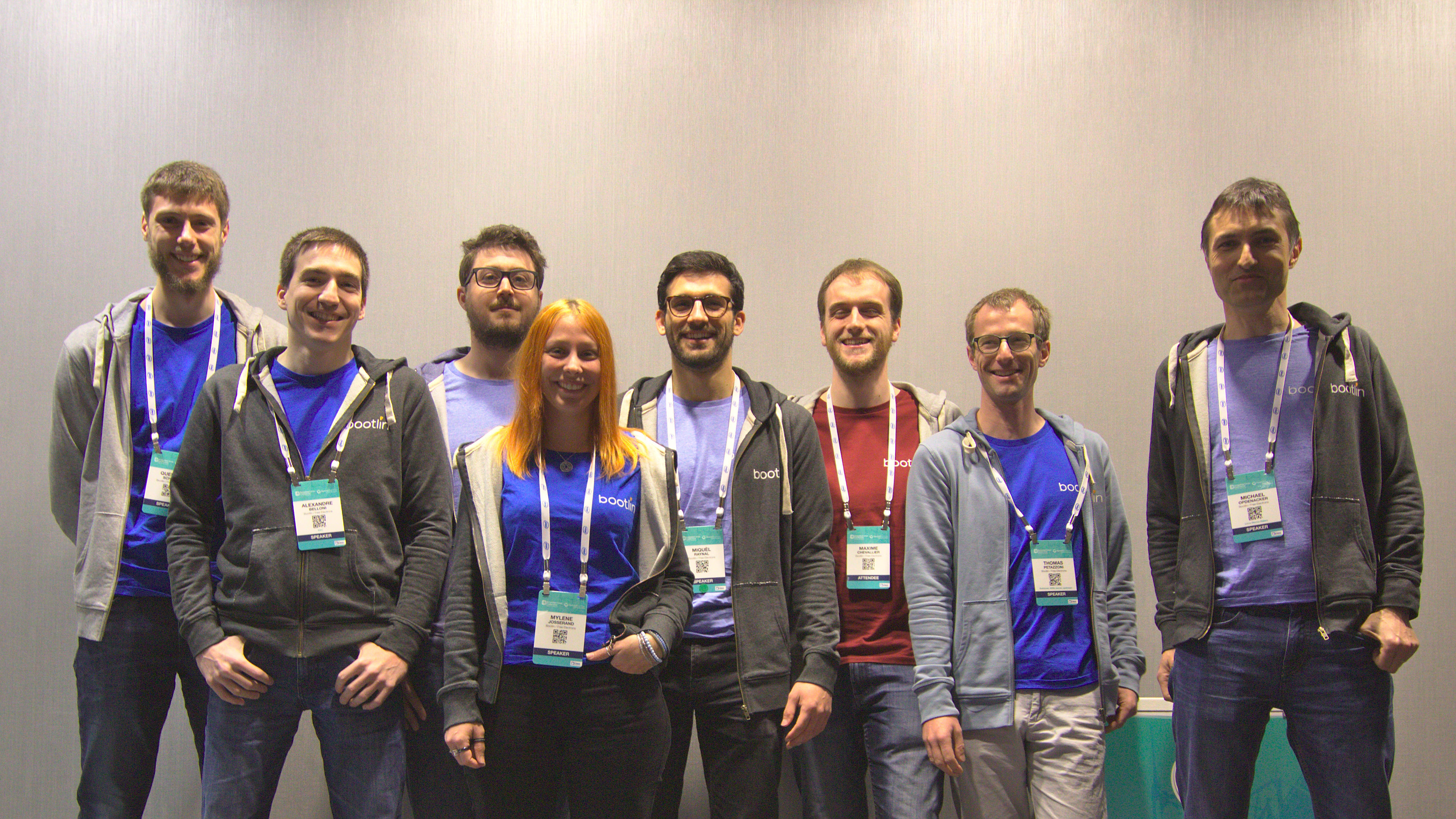


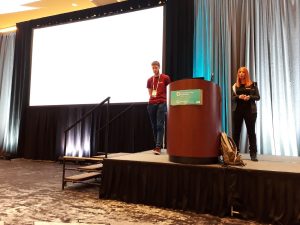

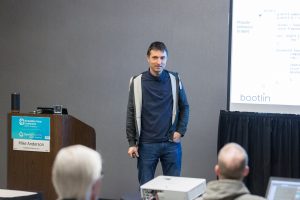
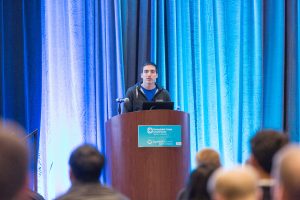
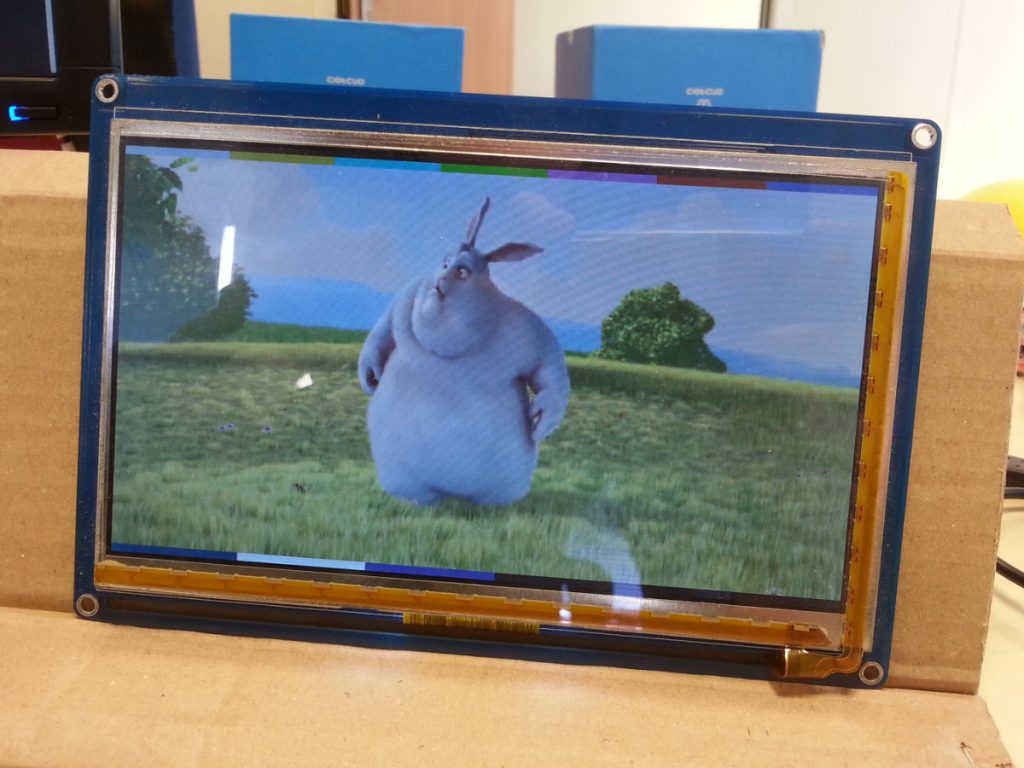
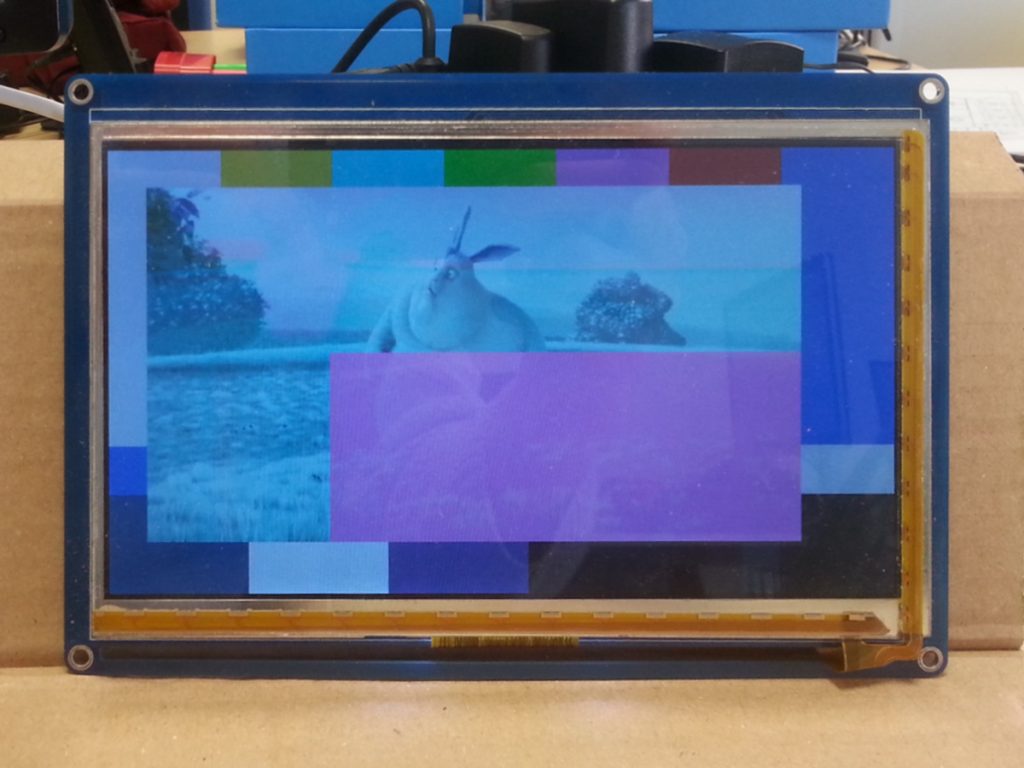

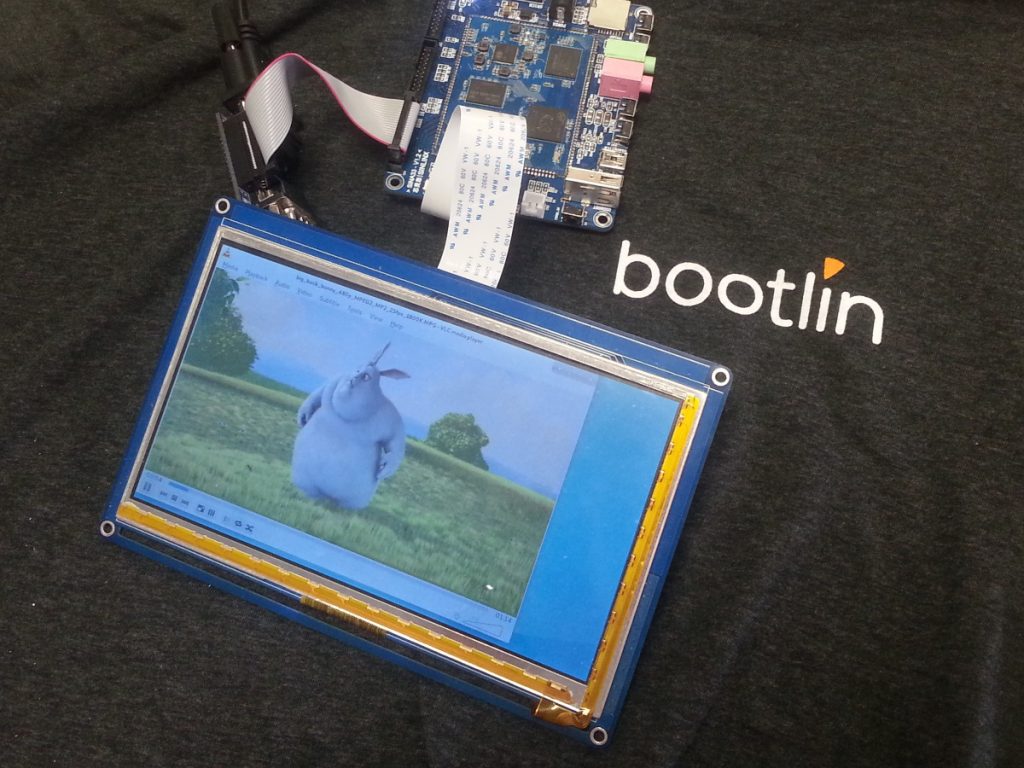
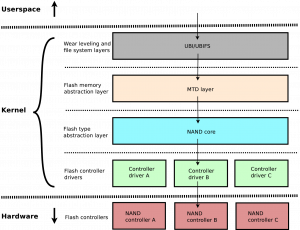

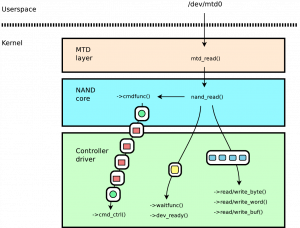
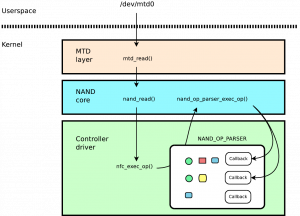

 Finally, Bootlin is also sponsoring the participation of Thomas Petazzoni to the
Finally, Bootlin is also sponsoring the participation of Thomas Petazzoni to the